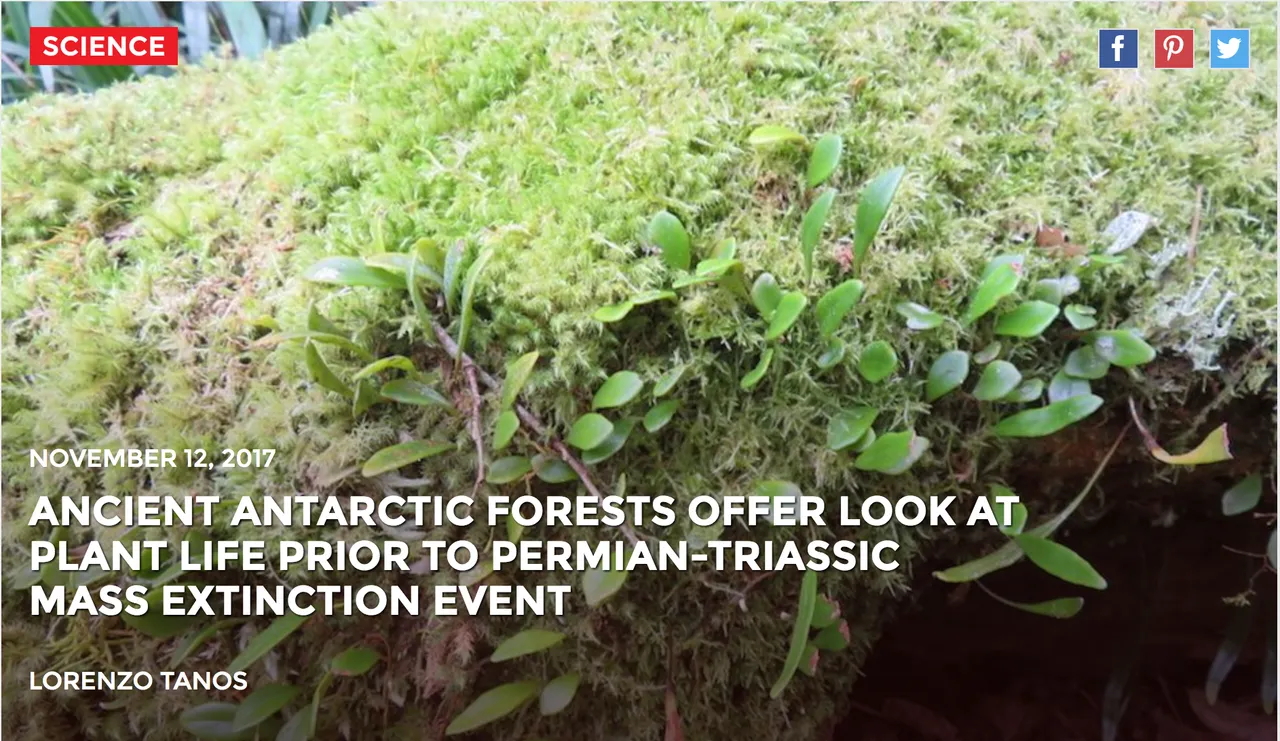Long before the continent was known for its frigid weather and ice sheets, Antarctica was a land of green forests. And while there wasn’t much known about how life in Antarctica was in those prehistoric times, a team of scientists was able to find several prehistoric fossils in the area, revealing that the continent’s trees might have grown about 260 million years ago, toward the end of the Permian era.
Immediately preceding the Triassic era and the rise of the first dinosaurs, the Permian era ended about 251 million years ago, with a mass extinction event that killed off about 90 percent of life on Earth, including Antarctica’s polar forests. As noted by the International Business Times, previous research has suggested that the Permian-Triassic mass extinction took place due to a significant change in our planet’s climate brought about by an increase in atmospheric greenhouse gases.
In an attempt to learn more about Antarctica’s greener, less frigid past, geologists Erik Gulbranson and John Isbell, both from the University of Wisconsin-Milwaukee, traveled to the continent, climbing the slopes of the McIntyre Promontory in the Transatlantic Mountains and searching for forest fossils. Over a two-month period from late November 2016 through January of this year, the scientists found fossils belonging to 13 trees, concluding that they might have grown over 260 million years ago, Phys.org wrote.
“People have known about the fossils in Antarctica since the 1910-12 Robert Falcon Scott expedition,” said Gulbranson in a statement.
“However, most of Antarctica is still unexplored. Sometimes, you might be the first person to ever climb a particular mountain.”
Read more here.
